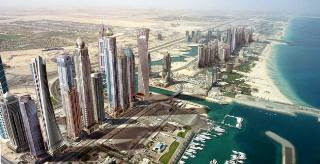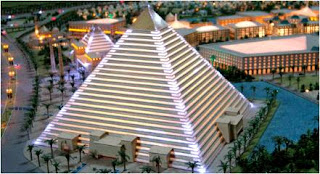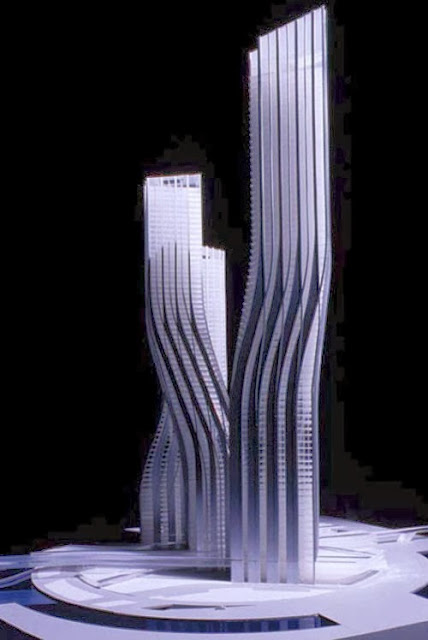ADVANTAGES AND DISADVANTAGES 0F PRIVATISATION IN THE ECONOMY

The government has been criticised by so many critics as being a poor manager of business and we often hear statements like “the Government has no business in business”. Owing to such criticisms the government came up with the issue of privatisation whose benefits and shortcomings we shall be analysing critically in this paper. Privatisation goes beyond the mare activity of ownership transfer as this singular action is capable of determining the fate of the populace attached to such ventures either directly or indirectly.
Privatisation in the first place is the transfer of assets from the public (government) to the private sector. In other words it’s when the government transfer its authorities and control over a particular assets of his to a private body. This action arises not because the government is a “father Christmas”; it’s rather due to some expected benefits or existing inabilities by the governments. Knowing this we shall now discuss the advantages and disadvantages of pri







